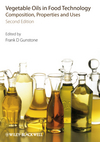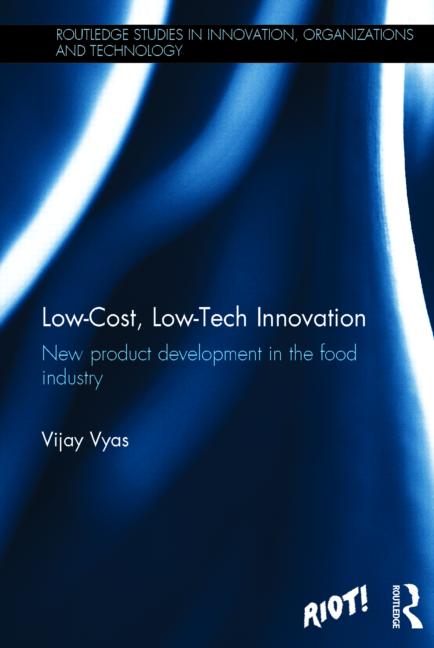New Churn Technology in Frozen Desserts

Recent trends show that ice cream sales have been flat to declining in most categories, with the exception of low-fat ice creams. The International Dairy Foods Association (IDFA) reports that overall ice cream sales were down 1.8% in 2004 when compared to 2003 (Dairy Facts, 2005 Edition, IDFA, 2005, p 39). Low-fat ice cream sales were up 4.5% in the same period. This increase indicates that the current generation of low-fat ice cream is more accepted by consumers than former counterparts. In the past, light ice creams were produced solely by formulation changes. These products fell short in taste, mouthfeel and appearance. They were mostly abandoned by consumers, who are generally unwilling to sacrifice taste for a reduction in fat.
Today’s low-fat ice creams are a combination of formulation and equipment modifications. Some churned- type ice creams are produced by freezing equipment that recirculates a portion of the frozen mix into incoming unfrozen mix. The product may also go through a whipping system to pre-aerate the mix. The mix is then sent through the freezing barrel. This process produces products with smaller ice crystals, smaller air cells and a creamier mouthfeel.

Evaluations showed that a sample batch of ice cream, which had been pre-aerated and the mix recycled, had a creamier and overall superior texture when compared to a control without pre-aeration and recycling.
Main Street Ingredients’ line of Keystone™ stabilizers allows manufacturers to influence the speed at which their product will melt. Depending on whether a product is destined for foodservice or home consumption, Keystone stabilizers will be able to provide the optimum system for improved mouthfeel and shelflife. Main Street Ingredients has also identified specific protein systems that, matched with the Keystone stabilizers, help products hold overrun consistently.
For more information:
Main Street Ingredients, La Crosse, Wis.
Eric Hallstead
eric.h@mainstreetingredients.com • 800-359-2345
Looking for a reprint of this article?
From high-res PDFs to custom plaques, order your copy today!







